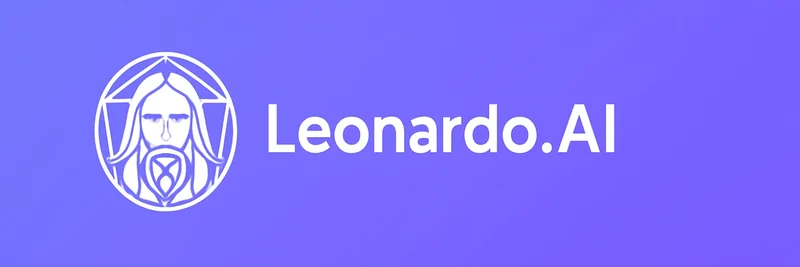In the fast-evolving world of blockchain and AI, exciting developments are popping up that could change how machines interact and transact. Recently, BSCNews on X highlighted a major announcement from Circle, the company behind the popular stablecoin USDC. They're proposing to connect USDC with the x402 protocol, paving the way for AI-driven machine-to-machine payments. On top of that, there's talk of collaborating with Google on agentic transactions—basically, letting AI agents handle deals autonomously. Let's break this down in simple terms and see why it matters.
What Is the x402 Protocol?
First off, if you're scratching your head over "x402," you're not alone. It's a modern take on an old HTTP status code—HTTP 402, which stands for "Payment Required." This code has been around since the '90s but rarely used until now. Coinbase spearheaded the x402 protocol to make it a standard for internet-native payments, especially for AI agents. Think of it as a way for software to say, "Hey, you need to pay up to access this," and then handle the transaction smoothly on the blockchain.
The protocol allows for real-time, on-chain micropayments, which are tiny transactions that traditional banking can't handle efficiently. With x402, an AI agent can request data from an API, get hit with a 402 response detailing the cost, sign off on the payment using crypto like USDC, and get the info—all without human intervention. It's like giving your AI assistant a digital wallet to shop around the web.
Circle's Proposal: USDC Meets x402
Circle's big reveal, detailed in their official blog post, focuses on integrating USDC—a stablecoin pegged 1:1 to the US dollar—with x402 through their Developer-Controlled Wallets. These wallets are custodial, meaning Circle handles the security, and they use multi-party computation (MPC) to keep private keys safe. Developers can create wallets via APIs, fund them with USDC (even on testnets like Base-Sepolia), and sign transactions without exposing sensitive info.
Here's how it works in practice:
- An AI agent, built with tools like Langchain and OpenAI's GPT-4o, tries to access a paywalled resource, say a wallet risk profile from a third-party API.
- The server responds with HTTP 402, specifying the price (e.g., $0.01 in USDC), the blockchain network, and the recipient address.
- The agent signs an EIP-712 authorization using Circle's API and retries the request with a special header.
- A facilitator (like Coinbase's service) verifies the signature, settles the payment on-chain, and notifies the server to release the data.
This setup makes pay-per-use APIs practical, especially for AI. Imagine an AI travel bot monitoring flight prices and booking tickets instantly when they drop, all paid in USDC. It's a step toward true machine-to-machine commerce, where devices and software trade value as easily as they share data.
The Google Collaboration on Agentic Transactions
The tweet also mentions a collaboration with Google, which ties into Google's recent launch of the Agent Payments Protocol (AP2), as outlined in their Cloud Blog. AP2 is an open framework for secure AI-led payments, supporting everything from cards to stablecoins like USDC. It's designed to handle "agentic" transactions—where AI agents act on behalf of users with clear mandates, like signed digital contracts that prove intent and authority.
Google isn't doing this alone; they're working with over 60 partners, including Coinbase, which connects back to x402. In fact, Google extended AP2 with an "A2A x402" extension specifically for crypto payments, making USDC a perfect fit for agent-to-agent deals. This collaboration bridges traditional finance and web3, ensuring AI agents can transact securely across platforms without fragmentation.
For example, under AP2, you could authorize an AI to buy concert tickets automatically when they go on sale, with built-in limits on price and timing. The x402 integration adds the crypto layer, allowing seamless USDC payments for web3 services.
Why This Matters for Blockchain Practitioners
If you're in the blockchain space—whether trading meme tokens or building dApps—this is huge. AI agents could soon automate trades, monitor meme coin pumps, or even create personalized investment strategies, all while handling payments autonomously. It lowers barriers for micropayments, which could boost adoption of tokens like USDC in everyday AI interactions. Plus, with Google's involvement, we're seeing big tech validating crypto's role in the future economy.
Of course, challenges remain, like ensuring security against bad actors and scaling on-chain transactions. But initiatives like this are pushing the envelope, making blockchain more accessible and integrated with AI.
Stay tuned as this develops—it's just the beginning of a world where machines don't just think, but also pay their way. If you're diving into meme tokens, think about how AI could supercharge community-driven projects with automated, trustless transactions.


